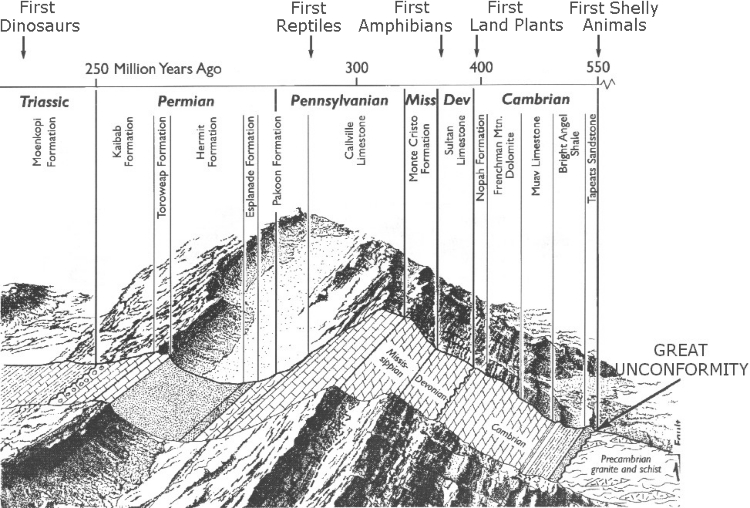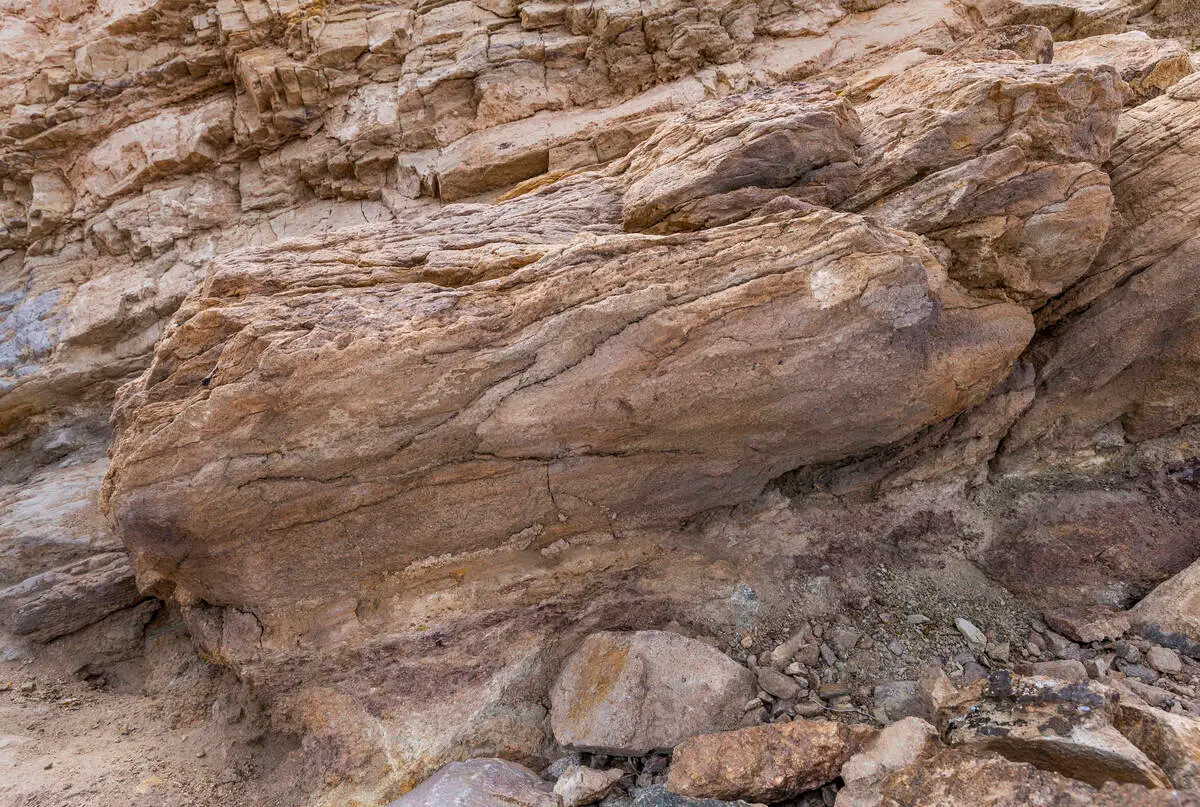Las Vegas Geological Faults
Nestled in the heart of the Mojave Desert, Frenchman Mountain stands as a prominent geological feature overlooking the vibrant cityscape of Las Vegas, Nevada. While often admired for its scenic beauty and recreational opportunities, Frenchman Mountain also serves as a gateway to understanding the dynamic geological processes that have shaped the Las Vegas Valley and its surroundings. In this article, we delve into the intriguing geological landscape of Frenchman Mountain and the interconnected network of faults that contribute to the region's seismic activity.
Frenchman Mountain, with its distinctive silhouette and rugged terrain, is a testament to the complex geological history of the area. Composed primarily of ancient granite and gneiss dating back millions of years, this mountainous landmark provides a window into the tectonic forces that have shaped the landscape over millennia.
Surrounding Frenchman Mountain, a series of geological faults crisscross the region, contributing to its dynamic and ever-changing nature. Among these faults, the Las Vegas Valley Fault System takes center stage, comprising a network of fractures capable of generating earthquakes with the potential to impact the city and its infrastructure. Stretching across the valley floor, this fault system serves as a reminder of the seismic hazards faced by residents and visitors alike.
To the southwest of Las Vegas, the Helendale Fault extends its reach, linking the region to the broader Eastern California Shear Zone. While situated at a distance, the Helendale Fault underscores the interconnectedness of geological features across vast distances and highlights the need for comprehensive seismic monitoring efforts.
Closer to home, the Black Mountain Fault to the northwest and the Frenchman Mountain Fault to the east further contribute to the seismic landscape of the area. These faults, though distinct in their characteristics, share a common role in shaping the geological framework of the Las Vegas Valley.
Venturing westward, the Red Rock Canyon Fault traverses the picturesque Red Rock Canyon National Conservation Area, offering a glimpse into the region's geological diversity. While less studied than some of its counterparts, this fault serves as a reminder of the seismic potential lurking beneath the surface.
Completing the roster of notable faults is the Stewart Valley Fault to the northwest and the Las Vegas Wash Fault, which follows the course of the Las Vegas Wash. Together, these faults underscore the dynamic nature of the region's geology and the ongoing need for vigilance and preparedness in the face of seismic hazards.
As visitors ascend Frenchman Mountain, they are not only treated to breathtaking views of the Las Vegas skyline but also invited to contemplate the intricate geological tapestry that lies beneath their feet. From ancient rock formations to active fault lines, the landscape serves as a testament to the enduring power of geological forces and the resilience of life in the Mojave Desert.
In conclusion, Frenchman Mountain stands not only as a symbol of natural beauty but also as a focal point for understanding the geological processes that have shaped the Las Vegas Valley and its surroundings. By exploring the interconnected network of faults that crisscross the region, we gain a deeper appreciation for the dynamic forces at play beneath the surface and the importance of ongoing research and preparedness efforts in mitigating seismic risks. As we marvel at the majesty of Frenchman Mountain, let us also reflect on the rich geological heritage that defines this captivating landscape.


Follow Us

For Kids

For Students

For Science



Facebook
Instagram
X
LinkedIn
Youtube
TikTok